$DXY $USD #DollarIndex #Forex #InterestRates #FedPolicy #MarketTrends #Investing #EconomicNews #Finance #Trading
Why is the Dollar Rising Amid Fed Shift Worries? Uncover the Impact!
In the latest dollar news, the dollar index (DXY) has surged by 0.63%, reaching a 1.5-week high. This upward movement reflects a notable shift in market sentiment, particularly influenced by comments from Federal Reserve Chair Jerome Powell. On Tuesday, Powell refrained from indicating a forthcoming rate cut during the upcoming FOMC meeting next month. This lack of guidance suggests an increasingly cautious approach from the Fed, which is resonating positively across financial markets.
The dollar’s ascent today is a direct response to Powell’s remarks. Traders have interpreted his speech as a sign that the Fed may be less inclined to adopt dovish policies in the near future. Consequently, the market is recalibrating expectations around interest rates, a pivotal factor that significantly impacts the dollar’s strength. As a result, investors are now positioning themselves to capitalize on potential dollar gains, given the uncertainty surrounding future monetary policy.
Understanding the Implications for Investors
This recent increase in the dollar’s value carries implications not just for forex traders but also for investors across various asset classes. A stronger dollar typically leads to a decrease in commodity prices, as commodities are often priced in dollars. For instance, gold and oil may experience downward pressure, making them less attractive to investors. Moreover, emerging markets that rely on dollar-denominated debt may find their financial stability challenged, leading to increased volatility in those regions.
Furthermore, the dollar’s rise can affect the equity markets. Companies that derive significant revenue from international markets may face headwinds due to the stronger dollar, as their products become more expensive for foreign buyers. This could potentially dampen earnings projections, leading to recalibrated valuations across sectors. Investors should keep a close eye on how companies report their earnings in the coming quarters, as the dollar’s strength may play a crucial role in shaping their financial narratives.
Global Context and Future Considerations
Looking globally, the dollar’s performance is not just a U.S. phenomenon; it also reflects broader economic dynamics. Geopolitical tensions and economic indicators from other countries can influence the dollar’s trajectory. For instance, if other central banks signal a more aggressive stance on policy easing, the dollar could further strengthen against those currencies. Investors should remain vigilant about global economic developments, as they can significantly impact the dollar’s valuation.
In summary, the dollar’s recent rise is a multifaceted development driven by evolving expectations surrounding Federal Reserve policy. As the market grapples with these implications, investors must navigate the complexities of currency fluctuations and their potential impact on various investment strategies. For those looking to explore further, consider checking out our stock market insights for additional context and analysis.
The road ahead remains uncertain, but one thing is clear: understanding the interplay between monetary policy and currency strength is essential for any investor aiming to thrive in today’s dynamic financial landscape.
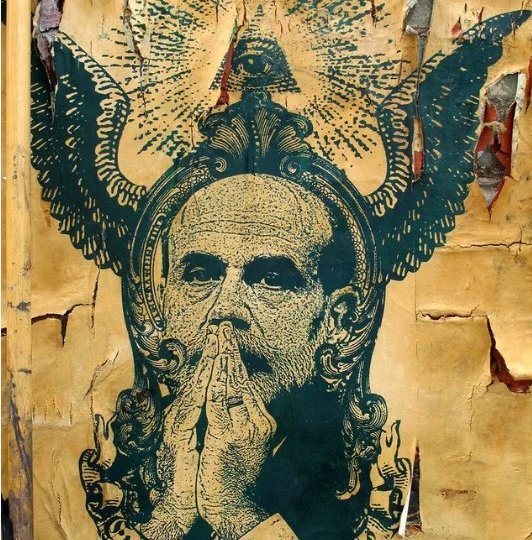
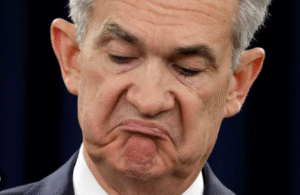

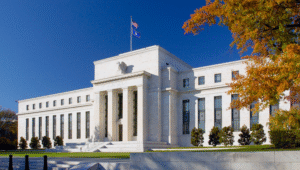
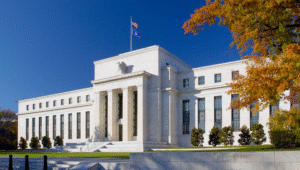




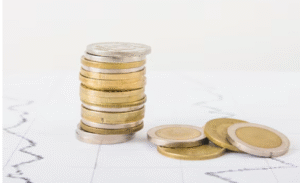

Comments are closed.